
About this book
This book is devoted to spiders of one of the poorly studied regions of the earth, the Republic of Kazakhstan, which lies in Central Asia. To date, there is no single catalogue or illustrated identification guide to the spiders of Kazakhstan. Therefore, this book constitutes the first major documentation of this interesting fauna, providing a richly illustrated popular account of 176 spider species of 41 families, which represent most of the genera (except those of Linyphiidae) recorded from Kazakhstan.
SPIDERS OF KAZAKHSTAN
D.V. Logunov, A.V. Gromov,
232 pages, 203 colour illustrations
Digital drawings and book design for
© Siri Scientific Press (Great Britain)
Adobe Photoshop
Graphic the tablet
Adobe InDesign
Digital, scientifically accurate drawings realistically showcase the beauty and diversity of the arachnid fauna. Revealing all the aspects considered and turning the material into a fascinating, easily remembered visual series. Laconic text is complemented by visual images, contributing to easy perception.
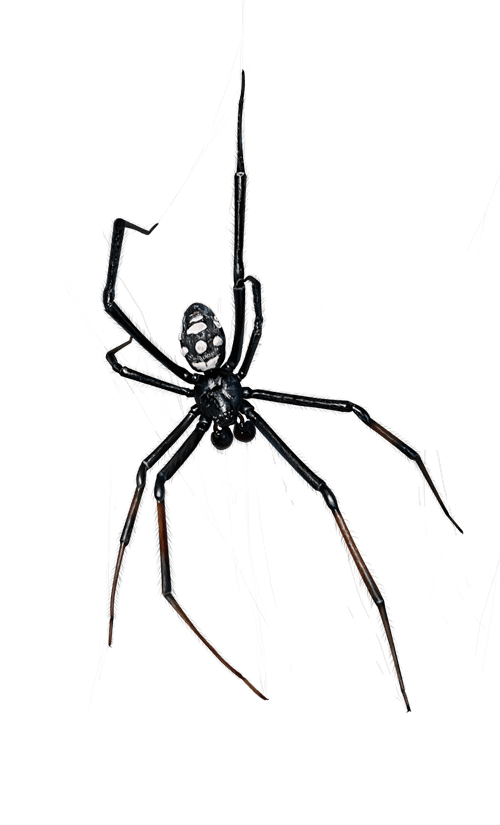
The general appearance of 45 species is illustrated in colour for the first time. The book also contains complete checklists of all the arachnids, apart from Acari (mites and ticks), recorded from Kazakhstan to date: Araneae (spiders) — 978 species; Opiliones (harvestmen) — 21 species; Solifugae (camel spiders) — 13 species; Scorpiones (scorpions) – five species; and Pseudoscorpiones (false-scorpions) — 25 species.



Spiders and their allies: Solifugae, Pseudoscorpiones, Scorpiones, Opiliones, Acari, Araneae.
Survey of spiders: Ctenizidae, Dipluridae, Nemesiidae, Filistatidae, Sicariidae, Scytodidae, Pholcidae, Segestriidae, Dysderidae, Oonopidae, Palpimanidae, Eresidae, Oecobiidae, Hersiliidae, Uloboridae, Theridiidae, Linyphiidae, Tetragnathidae, Mimetidae, Araneidae, Lycosidae, Pisauridae, Agelenidae, Argyronetidae, Cybaeidae, Hahniiidae, Dictynidae, Amaurobiidae, Titanoecidae, Oxyopidae, Cheiracanthiidae, Liocranidae, Clubionidae, Corinnidae, Zodariidae, Prodidomidae, Gnaphosidae, Zoridae, Sparassidae, Philodromidae, Thomisidae, Salticidae.

The illustrations were made from collection materials (specimens in alcohol) under a binocular microscope. Based on extensive photographic materials (made in nature) and with the direct consultations of the authors of the book — scientists, specialists in arachnology.

For a more accurate and vivid presentation of the material, the drawings were made both in lifetime poses (with a characteristic background) and in academic ones (top view with an indication of the scale).


♂
eyes
pedipalp
carapace
chelicerae
Eresus kollari Rossi, 1846

♀
Deltshevia gromovi Marusik & Fet, 2009

♀

Uroctea limbata (C.L. Koch, 1843)
♀
Distribution: East Ancient Mediterranean range.
Distribution in Kazakhstan: Kyzylkum desert only.
Habitat: Under stones of residual mountains, also around human dwellings.
Maturity: May to June.
Body length: 7–9 mm.
Distribution: East Turan range.
Distribution in Kazakhstan: Kyzylkum desert only.
Habitat: Residual mountains: nder stones.
Maturity: April to July.
Body length: 4–6 mm.


Distribution: East Ancient Mediterranean range.
Distribution in Kazakhstan: Only the Kyzylkum desert, close to Uzbekistan.
Habitat: Sandy deserts.
Natural history: Females make their large and conspicuous nests on desert bushes, at a height of 40–60 cm above ground level, invariably affixed to leaves and branches. Te web has a funnel-like retreat, in which clear white egg sacs are deposited and protected by the female. The venom of the White Widow is less potent than that of the Karakurt .
Maturity: August to October.
Body length: Male 3.5–5.5 mm, female 11–13 mm.
♀
♂
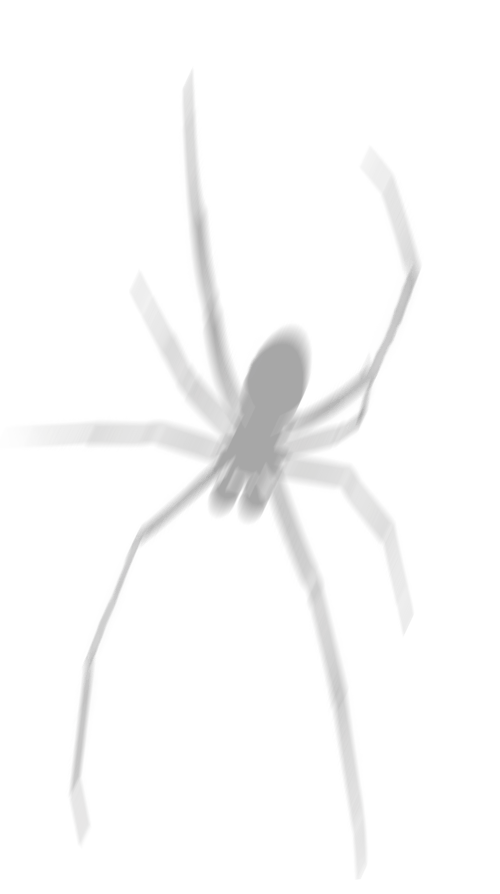
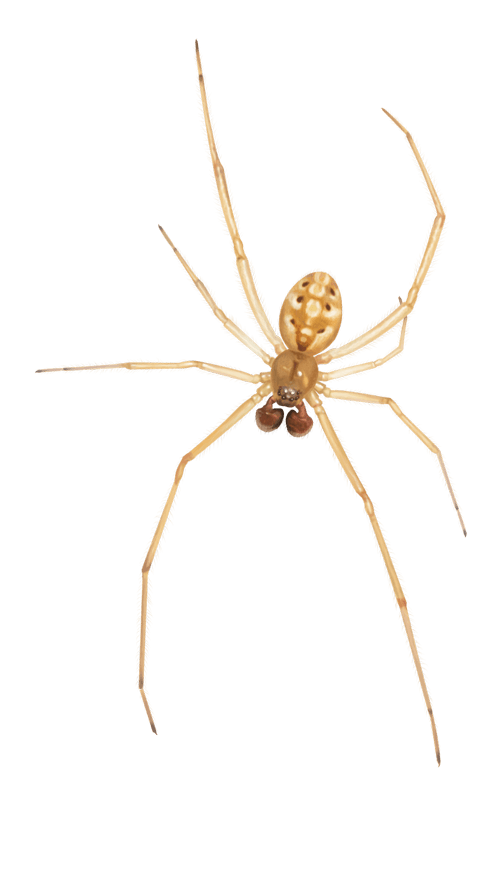
Latrodectus pallidus O. Pickard-Cambridge, 1872 — White Widow
Latrodectus dahli Levi, 1959





♀
♀
Argiope lobata (Pallas, 1772)
Distribution: European–Siberian range, eastward to Mongolia.
Distribution in Kazakhstan: Southern regions.
Habitat: Dry steppes, (semi) deserts.
Natural history: The spider weaves an expansive, vertical orb-web between bushes, some times more than 1.5 m apart. A new orb-web is constructed daily, usually during the night and it takes up to three hours to weave. As with the wasp spider, the web contains a white silk zigzag-shaped stabilimentum. The spider hangs upside-down in the centre of the web, with the legs outstretched in pairs, giving the impression that there are only four. The adult female is about three times larger than the male, and almost 50% of the males are cannibalized after copulation. The female lays several egg sacs. The spider produces neurotoxic venom which is not dangerous to humans.
Maturity: July to August.
Body length: Male 5–8 mm, female 15–25 mm.
Argiope bruennichi (Scopoli, 1772) — Wasp Spider
Distribution: Palaearctic range.
Distribution in Kazakhstan: Everywhere, apart from sandy deserts.
Habitat: Meadows, forest glades, city and town parks.
Natural history: The web is built early in the morning and is about 30 cm wide with the hub about 30 cm above the ground and is usually situated between grasses and herbs. The spider hangs upside-down over the hub with it legs outstretched. The web contains a white zigzag stabilimentum, which refects ultra-violet rays and seems to be attractive to fying insects. Flies, honeybees and grasshoppers are the main prey. With the availability of plentiful prey (e.g. of non-biting midges near Balkhash Lake), this spider can live in dense aggregations in which webs of neighbouring spiders are in contact; moreover, the orb-web spider ‘Araneus’ pallasi also occurs in such associations (see Marikovski, 1985). Males are much smaller than females, and 40–50% of them are cannibalized following copulation. The female produces a single egg sac containing 300–400 eggs.
Maturity: June to September.
Body length: Male 5–7 mm, female 15–25 mm.

Distribution: European–Central Asian range.
Distribution in Kazakhstan: Northern, eastern and south-eastern regions.
Habitat: Solonetz and saline marshes near water bodies, also glades of mixed and pine forests, and kitchen-gardens in the countryside.
Natural history: Females and immature males of this species live in silk-lined burrows that they dig themselves. Females have a two to three-year life cycle, whereas males usually live for one season. Upon maturing, females may relocate their burrow several times. Each female deposits an egg sac containing 200–700 eggs depending on its nutritional state. When the spiderlings emerge from the egg cocoon they move onto the mother’s back. The female abandons its burrow and spreads out the broods over a relatively small range of about 30 m2. Then the female is ready to dig a new burrow and deposit a second egg sac. The biology of this species was described in detail by Marikovski (1956).
Maturity: Males June to September, females all year round.
Body length: Male 14–27 mm, female 18–46 mm.
♀
Allohogna singoriensis Laxmann, 1770



♂
Dolomedes fmbriatus (Clerck, 1757) — Raft Spider
Distribution: European–Siberian range.
Distribution in Kazakhstan: Northern and north-eastern regions, rare.
Habitat: Vegetation near freshwater bodies, especially sedge-moors.
Natural history: A semi-aquatic spider that can walk or run on the surface of water. If threatened, it quickly crawls down plant stems under water where it can remain for up to one hour. The Raft Spider preys not only on insects but can even catch tadpoles and small fish. The female carries her egg sac in the chelicerae and weaves a nursery tent around it just before the spiderlings emerge.
Maturity: May to June.
Body length: Male 9–10 mm, female 12–19 mm.






♀
♂
♂
Cheiracanthium pennyi O. Pickard-Cambridge, 1873
Distribution: West Palaearctic range.
Distribution in Kazakhstan: Everywhere.
Habitat: Steppe habitats: in grass.
Maturity: May to September.
Body length: 4–6 mm.
Distribution: Palaearctic range.
Distribution in Kazakhstan: Balkhash Lake, but it is likely to occur in other water bodies of western, northern and north-eastern regions.
Natural history: Te water spider lives its entire life under freshwater. Females construct underwater dome-shaped webs — the ‘diving bells’ — which they fll with air carried from the surface. The ‘diving bell’ acts as a ‘physical gill’ obtaining oxygen from the water and is used by the spider for digesting prey, molting, mating and raising of spring. The prey of water spiders consists of various aquatic insects and crustaceans. The biology of the water spider was studied in detail by Wagner (1900) and many subsequent authors.
Maturity: All year round.
Body length: Male 10–15 mm, female 8–9 mm.
Argyroneta aquatica (Clerck, 1757) — Water Spider

♀
Olios sericeus (Kroneberg, 1875)

♂
Distribution: Caucasian–Central Asian range.
Distribution in Kazakhstan: Ili River valley and northern foothills of the Zailiiski Alatau Mt. Range only.
Habitat: Tugai valley forests and the woodland belt: on tree trunks; also a synanthropic species.
Maturity: April to October.
Body length: 8–11 mm.




♀
♀
♀
Tomisus albus (Gmelin, 1789)
Distribution: European–Siberian range, eastward to Mongolia.
Distribution in Kazakhstan: Northern, north-eastern and eastern regions.
Habitat: Bushes and herbage of forest glades, steppe associations and vegetation near water bodies.
Natural history: Spiders occur on flower heads where they ambush pollinating insects; 94% of their prey consist of Diptera (true flies) and Hymenoptera (parasitic wasps and bees); see Huseynov (2007: sub Tomisus onustus) for further details. Spiders can slowly change their colour (white, yellow and various shades of pink) to match the background coloration of the flower or inflorescence they inhabit.
Maturity: May to August.
Body length: Male 2–3.5 mm, female 7–10 mm.
Sitticus talgarensis Logunov & Wesołowska, 1993
Yllenus kalkamanicus Logunov & Marusik, 2000
Distribution: Kazakhstan range (Pavlodar and east Kazakhstan regions only).
Habitat: A ground-dweller of dry stone steppes.
Maturity: May to June.
Body length: 6–6.5 mm.
Distribution: Turkestan range: endemic to the mountains of south-eastern regions of Kazakhstan (Almaty regions) and the Kyrgyz Republic.
Habitat: A ground-dweller of meadow associations, recorded from elevations of 1800–3500 m a.s.l.
Maturity: July to August.
Body length: 4–7 mm.


♀

♂
Androctonus crassicauda
SCORPIONS AND solifuges
Digital drawings for
© Dr Lionel Monod (Switzerland), "Revue suisse de Zoologie" and others.
Adobe Photoshop
Graphic the tablet
Collectible materials and photos in nature are provided:
L. Monod, A. Gromov
Othoes hirsti
The drawings are made from collectible copies, under a binocular microscope. Given the lifetime color that is visible in photos in nature.
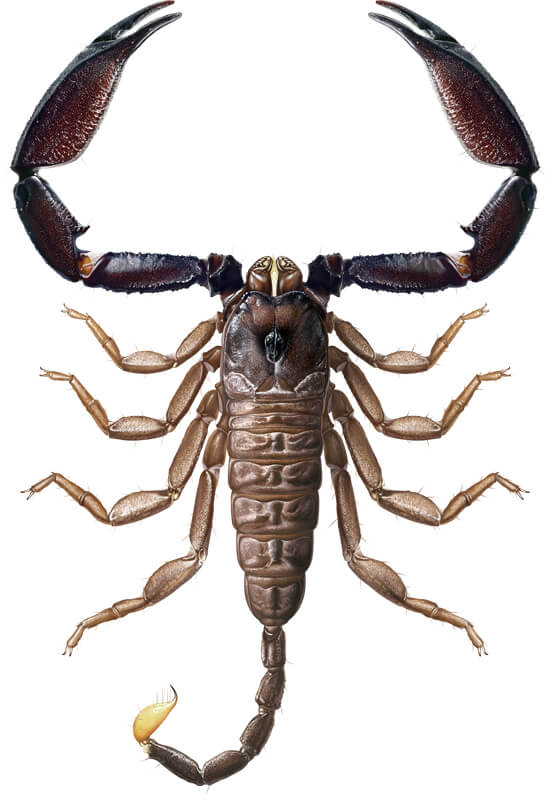
♂
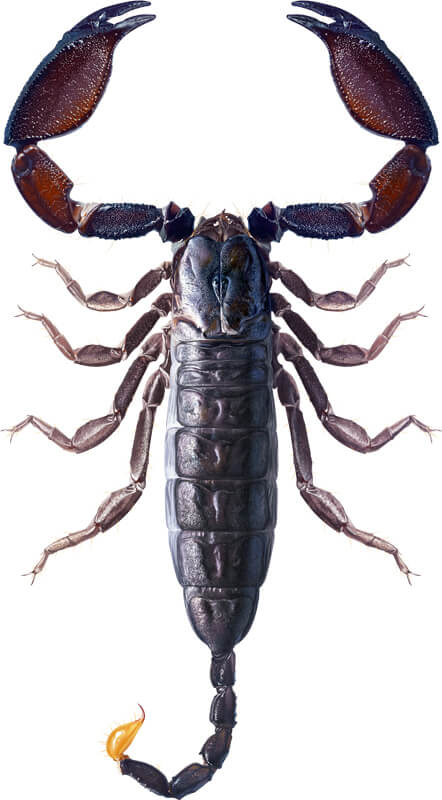
♂
Liocheles nigripes (Pocock, 1897), male
Hormurus longimanus (locket, 1995), male
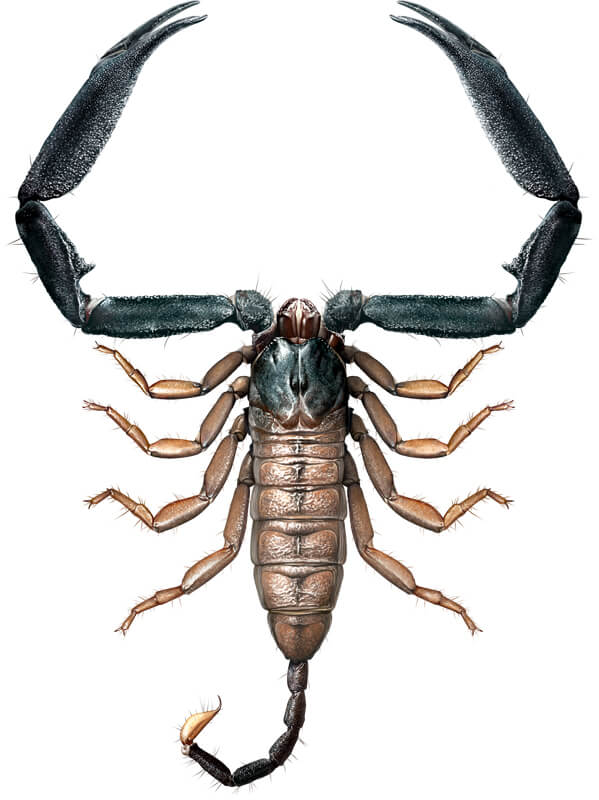
♂
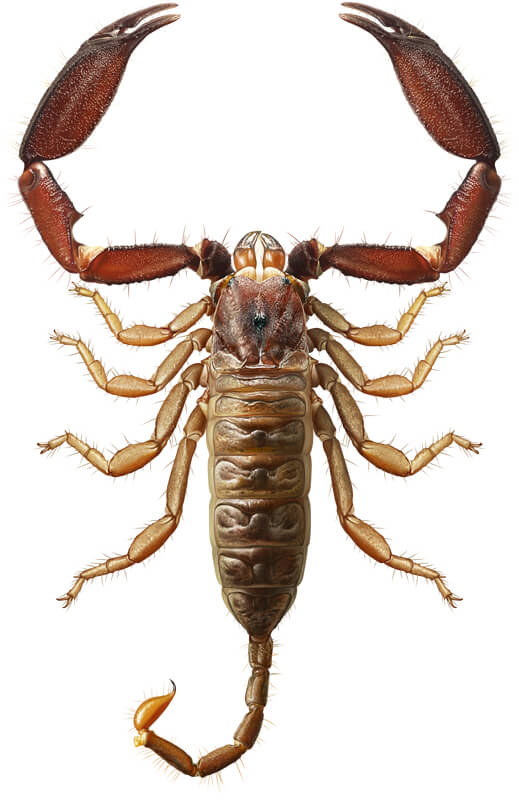
♂
Hormurus ischnoryctes n. spec., male
Hormurus macrochela n. spec., male


SCORPIONS AND solifuges OF THE UAE